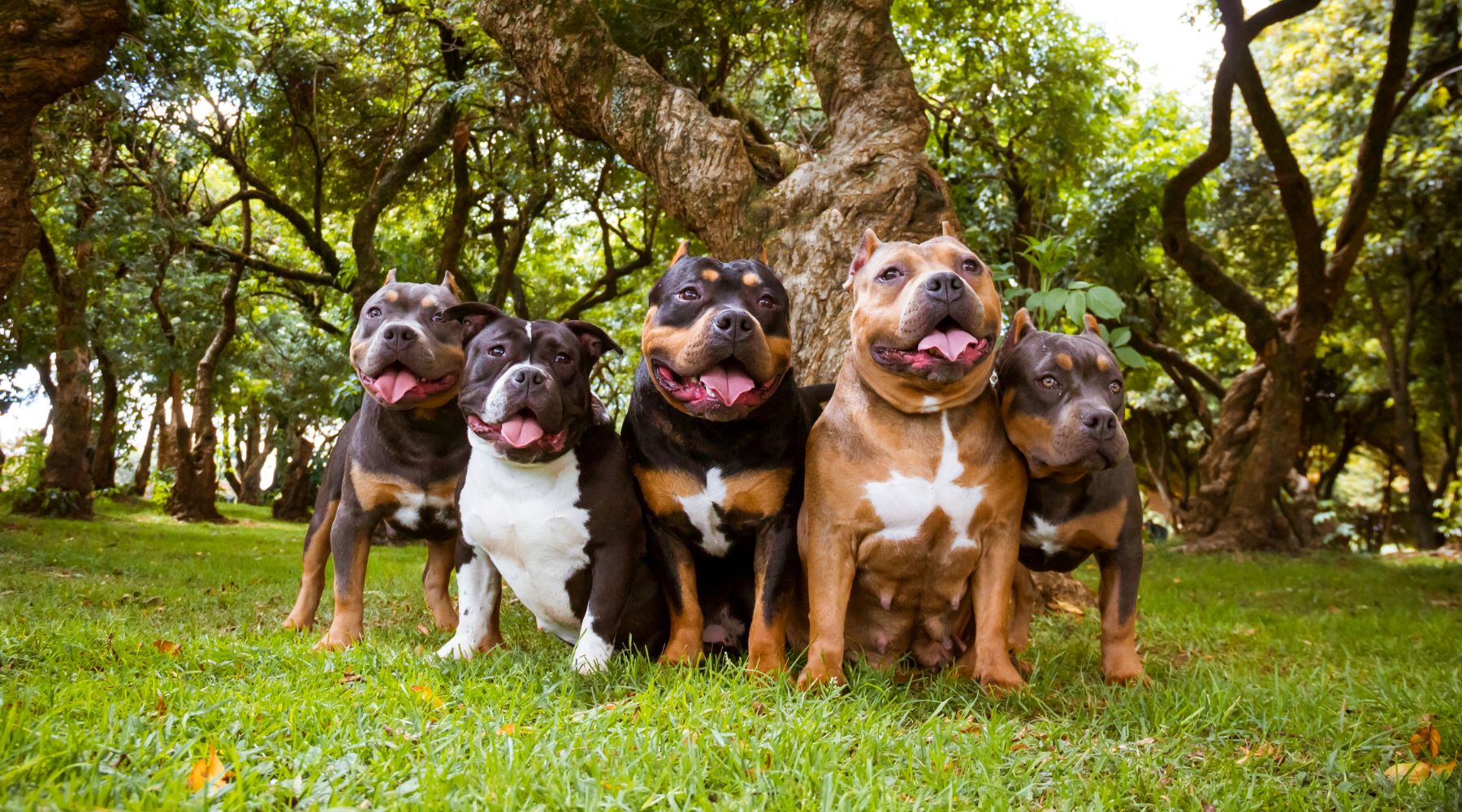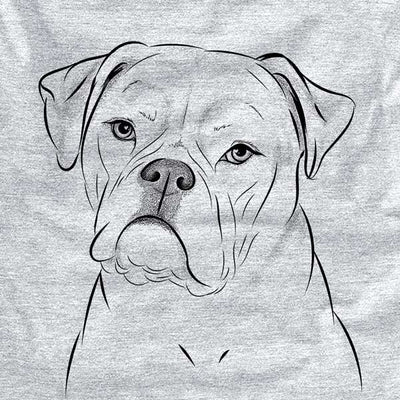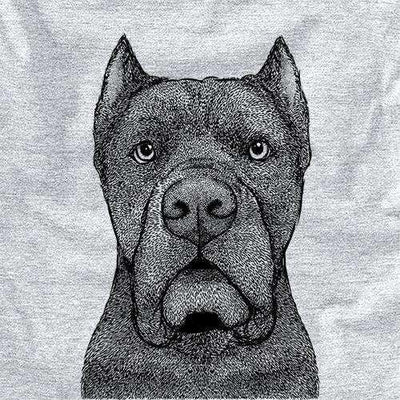What Are Bully Breeds? Examples, Origins & Misconceptions
Among the many different types of dogs, the ‘bully breeds’ are sometimes portrayed in a negative light. Often stigmatized, bully dog breeds have misconceptions associated with them. But what are bully breeds? Let’s delve into what bully breeds are, their history, and how we can dispel the myths surrounding them.

What Are Bully Breeds?
Defining Bully Breeds
The term ‘bully breed’ refers to a collection of dog breeds that descend from 'Molosser' or 'Molossus' dogs.
What Were Molosser Dogs?
Molosser dogs originated in ancient Greece and were used in hunting, for guarding livestock, and at times of war. They were powerful dogs that were large in size. The Molosser dog went extinct at some point in history, but it lives on through the various bully breeds that live today. It’s likely the case that the cause of extinction for the Molosser breed came about from the breeding of this dog with other breeds.
Examples of Bully Breeds
Although many assume that bully breed dogs all have ‘bull’ within their name, this actually isn’t the case. Some breeds included in this category are also rather surprising, as they differ greatly in size to many of the other bully breeds. Examples of bully breeds include:
- American Bulldog
- American Pit Bull Terrier
- American Staffordshire Terrier
- Boston Terrier
- Boxer
- Bull Mastiff
- Bull Terrier
- Cane Corso
- English Bulldog
- French Bulldog
- Great Dane
- Neapolitan Mastiff
- Pug
- Rottweiler
- Staffordshire Bull Terrier
|
|
|
|
The Negative History of Bully Breeds
Unfortunately, many bully breeds were previously bred for bloodsports, including bull-baiting, bear-baiting, and dog fighting. Thankfully, these practices were outlawed, and bully breeds have since been kept as pets.
Bully Breed Misconceptions
There are misconceptions surrounding bully breeds that have led to them being viewed in a negative light. It’s sometimes mistakenly believed that bully breeds are inherently aggressive and dangerous. This myth probably stems from their physical characteristics and history:
Physical Characteristics
Many of the bully breeds are large in size and muscular, which can make them look like they may be aggressive. Their intimidating looks can make people fearful of them, when their character may be anything but aggressive.
History
As we’ve discussed, many bully breed dogs were previously bred for bloodsports, and unfortunately today they can still be associated with these outlawed practices.
Dispelling the Myths Around Bully Breeds
The reality is that a dog’s behaviour is greatly influenced by breeding, upbringing, socialization, training, and how the dog is treated. Any breed can exhibit aggressive behavior when none of these are carried out in the correct manner. Conversely, bully breeds can grow up to be loyal, affectionate, and gentle dogs when they are well trained, socialized, and cared for.
Responsible dog ownership is key for all dog breeds, including bully breeds.
When it comes to answering the question, 'what are bully breeds?', it's a diverse group of dogs that all descend from an extinct breed from ancient Greece, but it's important that we also view them for their individual qualities. To appreciate bully breeds, it's important we learn they are not their past, and promote responsible dog ownership. Shop bully breed apparel at Inkopious - use our Find My Breed tool to find your bully breed today!
 Photo: @j_wowoww
Photo: @j_wowoww









